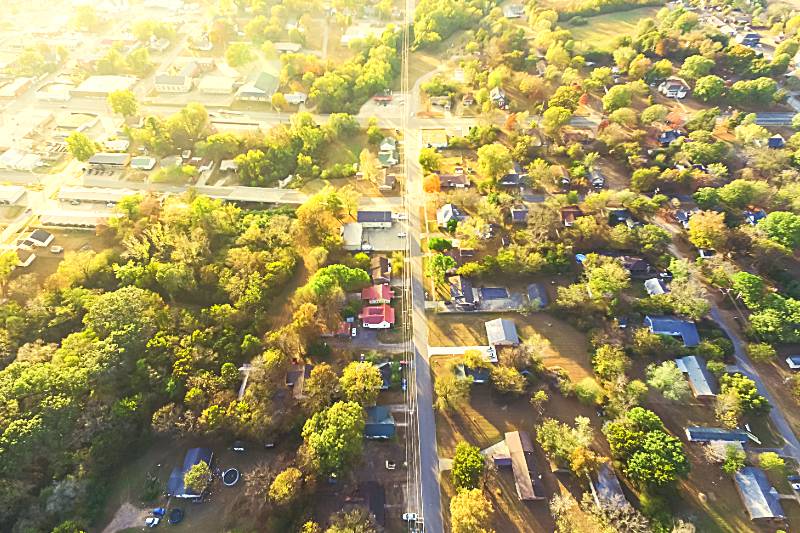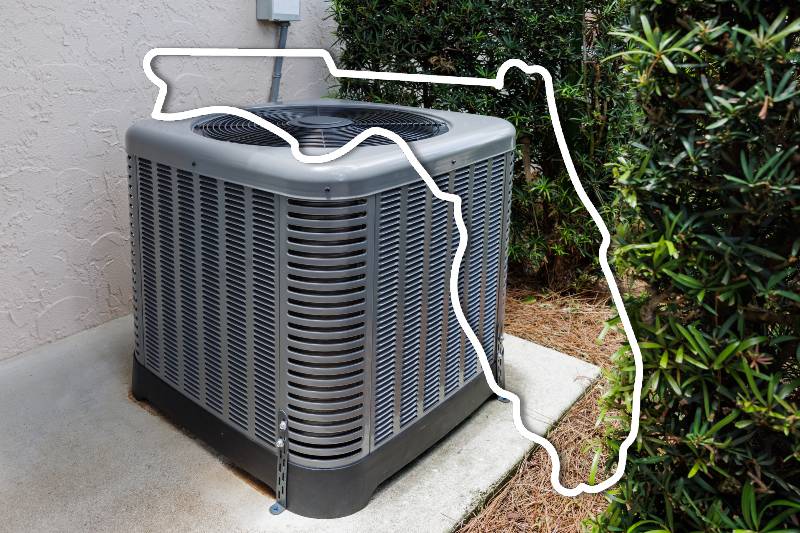Are you dreaming about a change of scenery in 2024? If you’re a Millennial or Gen Z’er, there’s a good chance you are. The buzz around town is all about exurb migration. It’s a trend that’s gaining momentum among younger generations. We’re seeing a shift from urban cores to more spacious, affordable living areas. But why are Millennials and Gen Z moving the exurbs?
The Rising Cost of City Living
City living has become increasingly expensive, which is one of the primary reasons why Millennials and Gen Z are moving to the exurbs. While not yet at the early 2000s levels, this migration is growing steadily. In the past five years, the cost of city living in the U.S. has seen an increase, impacted by factors like inflation and shifts in market dynamics. Here are five areas where costs have risen, based on national averages:
-
- Housing: Nationwide, housing costs, including rent and homeownership expenses, have significantly increased. The Consumer Price Index (CPI) for shelter showed a 6.53% increase in 2023 compared to the previous year, reflecting the growing expense of housing in urban areas.
- Food: The cost of food, both at home and away from home, has increased considerably. The CPI for food rose by 2.9% in 2023, indicating an increase in the cost of groceries and dining out.
- Personal Care: Expenses related to personal care, including healthcare services and products, have also seen an uptick. The rise in medical care costs is an example of this trend, contributing to the overall increase in city living expenses.
- Rental Costs: Rental prices have continued to increase, contributing significantly to overall inflation and the cost of living in urban areas. This is due to factors like high demand for rental properties and limited supply.
These increases reflect the broader economic trends impacting urban living costs, making city life increasingly expensive for residents across the U.S.
Climate Change and Housing Decisions
Climate change also plays a pivotal role in why Millennials and Gen Z are moving to the exurbs. These eco-conscious generations prioritize reducing their carbon footprint and are drawn to exurban areas offering cleaner and less crowded environments. Examples of this shift towards sustainability are incorporating AI-powered home automation and utilizing locally sourced materials in home construction. These trends benefit the environment and create engaging and innovative living spaces.
Wealth Inequality and Job Stability
Wealth inequality and job stability are key concerns for Millennials and Gen Z. The exurbs offer a solution to these financial pressures. The combination of lower living costs and emerging job markets in these areas is becoming increasingly attractive for those looking for financial stability and growth opportunities. In major metropolitan areas, a substantial portion of employment, over 80%, is located in suburban or exurban areas.
The Future Anxiety Factor
Let’s face it: we’re living in uncertain times. Future anxiety is real, especially for younger generations who are just starting to make their mark in the world. In return, the exurbs offer a sense of peace, space, and community that’s often missing in the hustle of city life. This shift to more tranquil living spaces is a direct response to the chaotic, fast-paced world we find ourselves in. The exurb migration trend will likely continue as Millennials and Gen Z’ers prioritize their mental health and well-being.
Personalized Experiences and Efficient Services
Another reason for the exurb migration trend is the desire for personalized experiences and efficient services. With the increasing popularity of remote work and flexible schedules, people can create a more balanced work-life routine. The exurbs offer a variety of amenities that cater to this lifestyle.
-
- Customized Home Building: More space and lower land costs in the exurbs often allow for customized home building, letting residents tailor their living spaces to their preferences.
- Community-Centric Services: Exurban communities frequently provide more personalized services, like local farmers’ markets, community events, and small businesses with a personal touch.
- Space for Remote Work: With the rise of remote work, exurbs offer a conducive environment for home offices, away from the hustle of city life.
- Outdoor Recreational Activities: Proximity to nature in exurbs allows for personalized outdoor experiences like hiking, gardening, or hobby farming.
- Less Crowded Healthcare Services: Medical facilities in exurbs are often less crowded, providing more efficient and personalized healthcare services.
These factors combine to create a living experience that balances modern amenities with a more relaxed, community-focused lifestyle.
Financial Habits: A Changing Landscape
Younger generations are rewriting the rulebook on financial habits, particularly regarding real estate. The move to exurb living aligns with a more cautious, value-driven approach to spending and investing in homes. The move to the exurbs promises long-term financial and emotional returns.
Generally, these two younger generations show a strong interest in homeownership. Gen Z, for example, is actively planning for homeownership, with 72% expressing a desire to buy a house in the future and 43% expecting to do so within five years. This trend reflects a shift in mindset towards long-term financial and housing stability.
In addition, Millennials and Gen Z are more likely than older generations to view home purchasing as an investment opportunity. They are interested in properties they can rent out or flip, indicating a more entrepreneurial approach to real estate.
Finally, faced with a competitive housing market, younger generations are considering alternative home-buying options like auctions and shared property ownership. Their adaptability and resourcefulness in their approach to the housing market are notable characteristics that set them apart from previous generations. As Millennials and Gen Z continue to shape the housing market with their changing financial habits, the move towards exurban living is likely to remain a prominent trend. So, it’s no surprise that real estate developers are responding to this demand by investing in and developing properties in these areas. This, in turn, will significantly impact the future of urban and exurban living, as well as the overall housing market.
Wrapping it Up
The trend towards exurban living is not just a passing fad; it represents a fundamental shift in priorities and lifestyle choices among younger generations. As we continue to face challenges like climate change, wealth inequality, and future uncertainty, the appeal of exurb living will only continue to grow. It offers a unique opportunity for personalization, balance, and sustainable living that resonates with the values of Millennials and Gen Z. Therefore, it’s safe to say that exurbia is here to stay. So, for those considering a move or investment in real estate, the exurbs may be worth exploring as they offer more than just a place to live; they offer a way of life.
Note: This content is not meant to generalize all individuals in these generations. Each person’s priorities and experiences are unique. The exurbs offer a diverse range of opportunities and lifestyles, making it an attractive option for people from all walks of life.
At Property.com, we’re here to guide you through every step of your real estate journey. Understanding the demand for homeownership in the exurbs is just one of the many market trends you can use to inform your investments in residential real estate. Keep exploring our many helpful articles and resources, and stay informed on the latest news. Sign up here for news on what’s important to you. Your real estate dreams await! With Property.com as your partner, you have the power to make them yours.












0 Comments